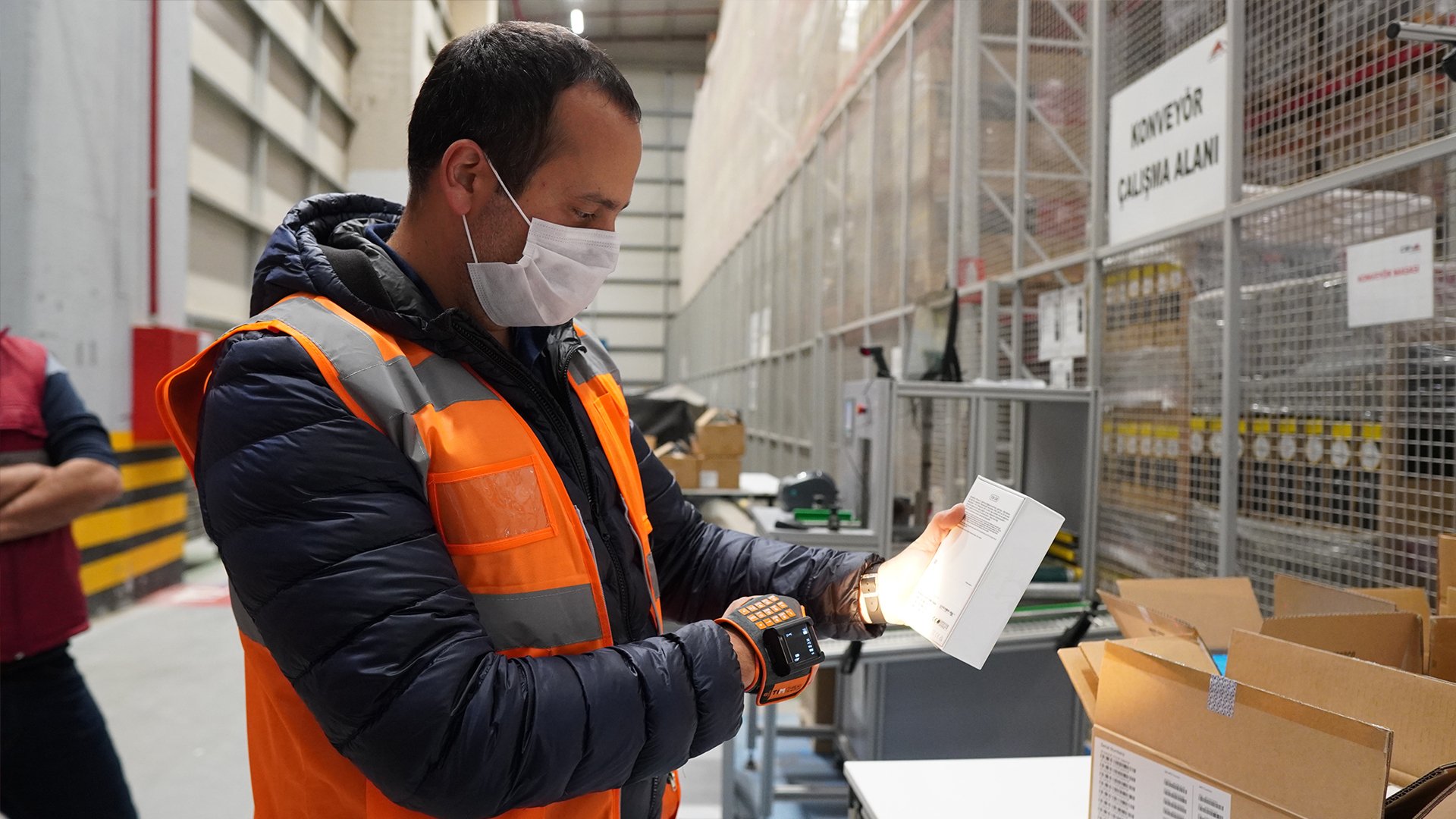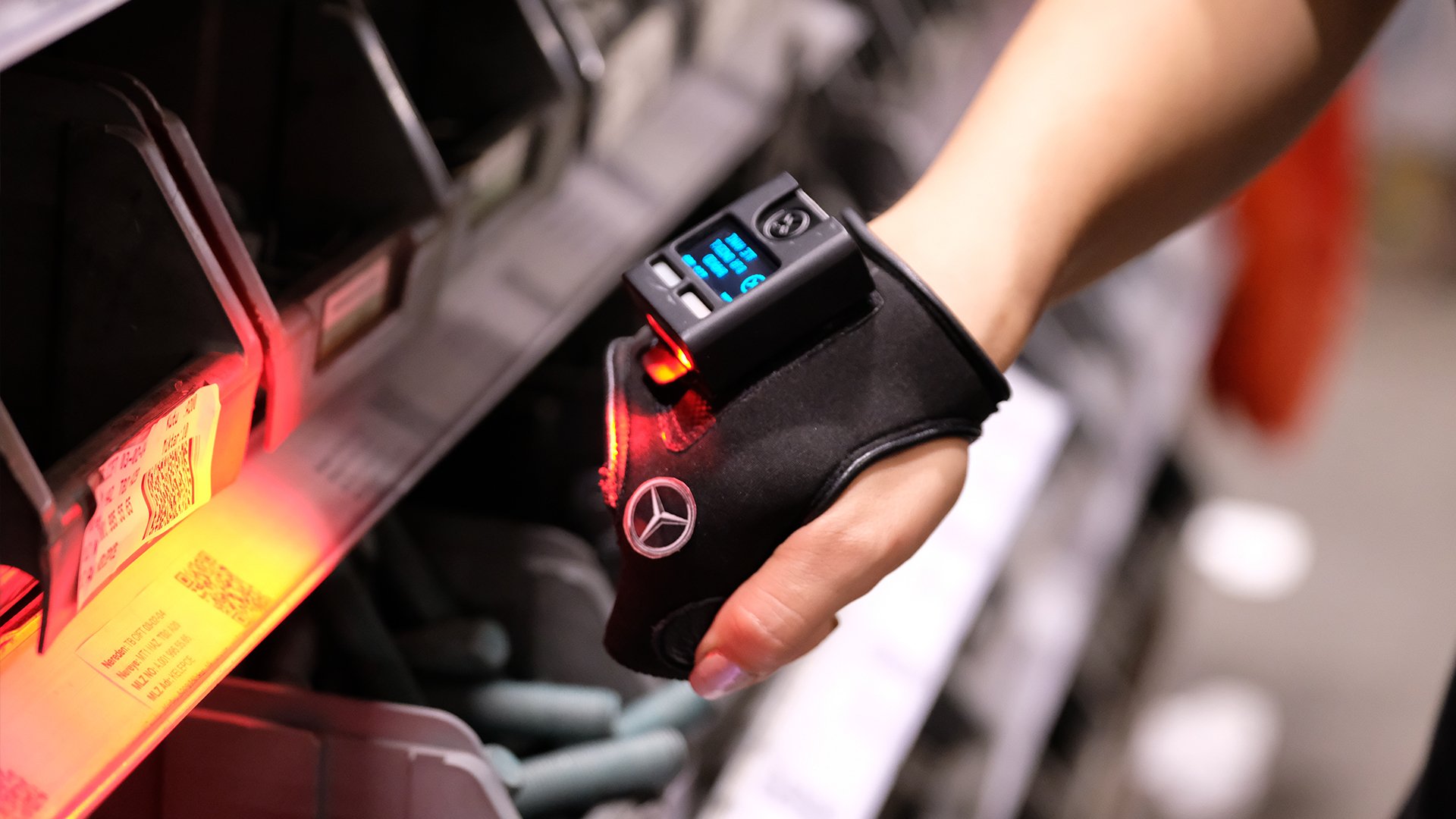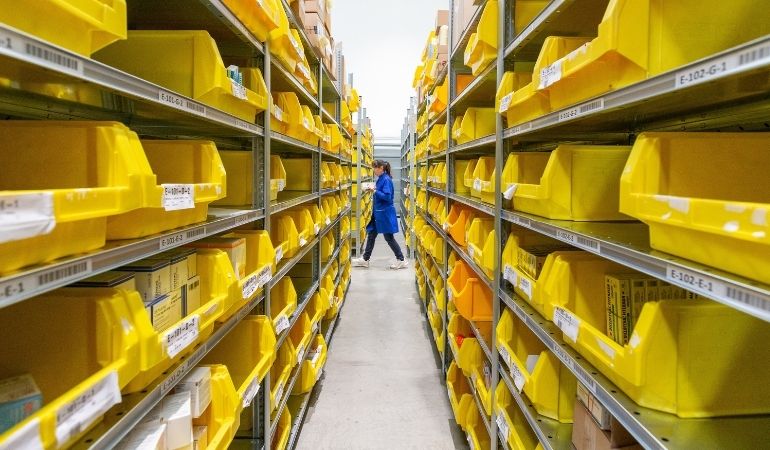Why You Need Barcode Scanning in Supply Chain Operations
Barcode scanning systems are not new to the world. But new technologies add up to their value to supply chain management. Using the right barcode...
3 min read
Işık Handan : Oct 25, 2021 3:51:52 PM
The barcode system, which automatically transfers and processes data to the digital environment, comes up with many types. Thin/thick lines, big and small spaces, and one question in everyone’s mind, are barcode scanners scanning black lines or white spaces?
Bringing together today's technological developments, barcodes are now more than zebra stripes: QR Codes, 3D Barcodes, and so on.. And in this blog, we’ll dive deep into 3D barcodes, where they’re used, and its advantages over 2D barcodes. Let’s get started!
Thick, thin black lines and white spaces that we see in the corner of our breakfast cereal or behind our protein bar are referred to as 1D barcodes in the industry. 2D barcodes are square and rectangular and the double-dimensional barcodes are also known as Data Matrix.
Barcodes are like the only living organism in the ecosystem, when alone. You only see a few meaningless lines. But when factors such as barcode readers, barcode printers, computers, barcode labels, and software come into play, it creates a huge barcode ecosystem and you have the only weapon that will perfect your operations.
3D Barcode systems emerged quickly, filling a great necessity. Manufacturers realized that a new system was needed due to the high temperature, use of excessive solvents, chemicals that caused the removal of conventional barcode labels with sticks in one motion.
They knew that if they continued to use traditional methods, they would have to disassemble the products one by one to make the data a whole. For this reason, the producers left the Village of Tradition. And the 3D Barcode system was created.
3D Barcodes have the same logic as linear and 2D systems. They’re engraved or placed on a product. 3D Barcodes are not stuck as labels, they are not deleted, their color is not lost, their lines are not lost. It is not a label or sticker, so it is very convenient in terms of practicality and ease of use. In 2D systems, the bars are read with the variances in the reflected light, while in the 3D Barcode system the height of each line is taken as a basis.
The laser spends a certain amount of time reflecting back from the fill lines. This determines the height in the 3D Barcode with the distance and time formulas. In this way, a character is determined by the code and the data is processed in the system.
3D Barcode vs. 2D Barcode! Who will win?
3D Barcodes are used in many industries, including logistics, packaging, jewelry industry, art industries. This is quite logical considering the 2D tag that can be torn off in case of theft of a piece of art or jewelry.
But the main sector of the starting point of his invention is production. As we mentioned at the beginning, although 1D and 2D barcode systems are now traditional, most manufacturers do not find them practical. 3D has started to be the first choice of every manufacturer working with intense chemicals and together with very valuable products.
In addition, 3D barcode systems make it almost impossible to change or even block barcode information. This means fewer inventory errors. All these lower the operational costs of a manufacturing process. A manufacturer's dream!
The answer is a yes, and no.
Both systems are based on barcodes, but they have different usage areas and structural differences. QR (Quick Response) system, as the name suggests, is to quickly direct the scanned barcode to the linked link. QR Codes are often used in more post-production processes such as sales, entertainment, cafe/restaurants, and advertising.
While 3D Barcode systems are used in the production itself, they can also be seen in the post-production process. However, thanks to its features such as being more durable and being able to be processed into the product, it is the golden key of more difficult processes.
They both serve the same purpose and use different channels and processes.
The production process of 3D Barcodes is like the fertile rainwater of the Amazon ecosystem. Now you know why!

Barcode scanning systems are not new to the world. But new technologies add up to their value to supply chain management. Using the right barcode...

Barcode scanner software is basically an Industry 4.0 and digital transformation wonder where groundbreaking scanning technology and data analysis...

Wearable barcode scanners are the way of shaping the future in warehouses. It can be explained as scanning improves overall efficiency, makes workers...